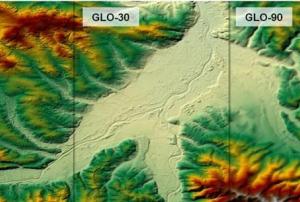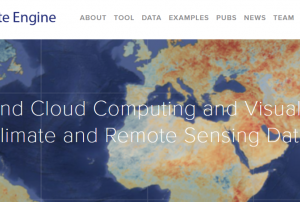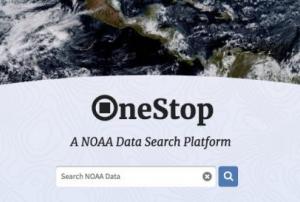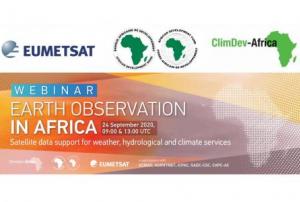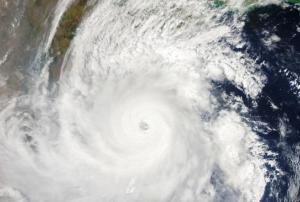Climatological
Definition
UN-SPIDER Regional Support Offices with hazard-specific expertise
Related content on the Knowledge Portal
- The Copernicus DEM is a Digital Surface Model (DSM) which represents the surface of the Earth including buildings, infrastructure, and vegetation. The Copernicus DEM is provided in 3 different instances. Two worldwide coverages at 90m (GLO-90) and 30m (GLO-30) resolution are openly available to the public for download via the PANDA Catalogue and FTP. A further European coverage (EEA-10) is provided at 10m resolution, but data is restricted to eligible users who meet required access rights.Publishing institution:
- Publishing institution:
- NOAA OneStop was created as a pathfinder effort to provide enhanced collection and granule searching for only those datasets archived at the National Centers for Environmental Information (NCEI). The portal provides a user-orientated point of access to weather, climate, satellite, fisheries, coastal, geomagnetic, and ocean data.Publishing institution:
- Publishing institution:
EUMETSAT and the African Development Bank (AfDB) will hold a webinar on the topic of "Earth Observation in Africa: Satellite data support for weather, hydrological and climate services" on 24 September 2020.
Since 2016, the SAWIDRA project implemented by the African Development Bank has helped local communities in Africa reduce the risk from natural disasters using satellite data. In this webinar, EUMETSAT and the AfDB hear from representatives from five Regional Climate Centres in Africa about the benefits Earth observation has brought to their areas, and discuss the future prospects for monitoring the climate, agriculture and water resources in a meteorologically uncertain future.
read moreAccording to the latest issue of an annual disaster statistics report, floods were the deadliest type of disasters in 2019, followed by extreme temperature, while storms affected the highest number of people. Published by the Centre for Research on the Epidemiology of Disasters (CRED), “Natural disasters 2019 - Now is the time to not give up” draws on data recorded in the Emergency Events Database (EM-DAT), which saw the addition of 396 disasters that affected a total of 95 million and caused $103 billion in economic losses around the world.
Accounting for 40 per cent of disaster events, Asia suffered the highest impact with 45 per cent of deaths and 74 per cent of total affected. India, which saw cyclone Fani cause destruction in 2019, was the country most…
read more20/08/2020- La gestión del riesgo de desastres suele contar con el apoyo de las tecnologías de teledetección durante las diferentes etapas de un desastre. Estas tecnologías junto con los datos geoespaciales encuentran su aplicación sobre todo durante la evaluación de riesgos, la elaboración de modelos de escenarios o la alerta temprana, a pesar de que las medidas preventivas también pueden apoyarse en estas innovaciones. Esta Práctica Recomendada de UN-SPIDER se centra en las medidas preventivas que pueden adoptarse de antemano, utilizando los datos de teledetección sobre las inundaciones y los…
- Remote sensing technologies can support all stages of the disaster management cycle. In the prevention and preparedness phases, they often find their application in risk assessments, scenario modelling and early warning. This UN-SPIDER Recommended Practice explains how remote sensing data about recurring floods, information about infrastructure and socio-economic data can be integrated using free and open source software to support prevention and preparedness efforts. It makes use, among others, of the InaSAFE plug-in for the desktop GIS software QGIS to estimate the number of people and…
World Congress on Disaster Management (WCDM) is a unique initiative of DMICS to bring researchers, policy makers and practitioners from around the world in the same platform to discuss various challenging issues of disaster risk management. The mission of WCDM is to promote interaction of science, policy and practices to enhance understanding of risks and advance actions for reducing risks and building resilience to disasters.
The Conference will discuss various topics, including:
read more- Remote Sensing, GIS and Drones for Disaster Risk Management
- Early Warning of Hydro-Meteorological Disasters: Tasks Ahead
- Early Warning of Earthquakes: How Far, How Near
- Operationalising Early Warning of Landslides
- Application of Artificial Intelligence for Managing Risks of Disasters
- Emerging Technologies for Climate & Disaster Resistant Agriculture
The Conference will provide in-depth analysis of the…
